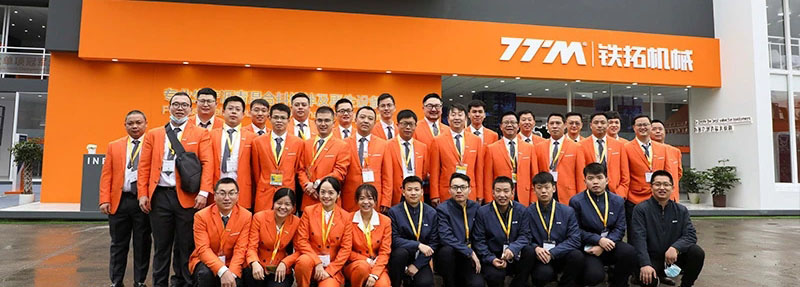The Thermometer-Shattering Truth: Just How Hot Is Asphalt From the Plant?
If you have ever stood a few yards away from a roaring drum mix plant on a summer afternoon, you already know the answer is “way hotter than you think.” Most state DOT specs require mix temperatures between 275 °F and 325 °F (135 °C–163 °C) at the loading chute. In plain English, that is hot enough to fry a medium-rare steak in under 30 seconds. And yep, you read that right—275 °F is the minimum, not the maximum.
Why Does the Plant Ship Mix That Hot, Anyway?
Asphalt cement (the black glue that holds the rocks together) has the consistency of cold molasses at room temperature. To coat every stone and sand particle, the binder must be fluid. Heating lowers viscosity exponentially: for every 25 °F increase, the binder becomes roughly twice as runny. The plant therefore pushes the envelope to guarantee complete coating, especially on porous aggregates that drink up the liquid. Bottom line: the hotter the mix, the better the coating, and the stronger the eventual pavement.
What Happens If the Load Cools Before It Reaches the Job Site?
Once the truck leaves the gate, heat loss begins. Research from the National Asphalt Pavement Association (NAPA) shows a drop of 5–7 °F per mile on a 60 °F ambient day. Add wind, longer hauls, or night paving and the delta widens. If the mat arrives below roughly 240 °F (116 °C), compaction becomes a nightmare. Rollers can no longer close air voids, and the mix turns brittle, leading to premature cracking and raveling. Translation: your brand-new parking lot could look ten years old in six months.
How to Keep the Heat Where It Belongs—Inside the Load
- Tarp the truck. A simple vinyl tarp cuts heat loss by up to 35 % on hauls under 20 miles.
- Use insulated beds. Aluminum-lined beds maintain 15–20 °F higher discharge temps compared with standard steel.
- Time the pour. Schedule deliveries so that the paver never stops; a continuously moving paver head keeps thermal segregation at bay.
Pro tip:
Don’t unload in layers. Dumping half the load, waiting ten minutes, then dumping the rest creates a cold core that no roller can fix.
Digital Eyes: Infrared Sensors Everywhere
Modern plants now mount infrared cameras above the loading hopper. These gadgets measure the entire surface of every truck in real time, flagging loads that fall below spec. The data automatically uploads to cloud dashboards, so DOT inspectors and paving foremen can reject a cool batch before it ever hits the road.
Does Ambient Temperature Change the Plant Set-Point?
Absolutely. On a 40 °F spring morning, the plant operator may bump the target to 330 °F to compensate for chilly haul roads. Conversely, on a 95 °F July afternoon, the set-point might dial back to 290 °F to prevent binder drain-down. Think of it like preheating your oven: you tweak the dial based on what’s cooking outside.
Can You Overheat the Mix?
Indeed. Push the mix past 350 °F (177 °C) and the asphalt cement begins oxidizing rapidly. The binder turns brittle, and the blue smoke you see is actually light-end oils burning off. Not only does this create environmental headaches, it also leaves the pavement vulnerable to thermal cracking the first winter. In short, hotter is better—until it ain’t.
Real-World Scenario: A 20-Mile Haul in Arizona
Let’s crunch numbers. Plant gate temp: 315 °F. Ambient: 105 °F. Haul distance: 20 miles at 55 mph. Using the NAPA cooling model, the mix arrives at 285 °F—still well within the compaction window. But add a 15-mph headwind and the arrival temp tumbles to 270 °F. Now the breakdown roller has only eight minutes to hit 92 % density before the mat drops below 240 °F. Miss that window and you’re chasing shadows.
The Money Shot: How Much Does Cool Mix Cost?
A single 20-ton load that arrives below spec can cost the contractor:
| Item | Cost |
|---|---|
| Removal & replacement | $1,200 |
| Milling & overlay | $800 |
| DOT penalties | $500 |
| Total exposure | $2,500 per truck |
Multiply that by ten trucks a day and you’re staring at $25 k in rework before lunch. Suddenly, that $300 infrared camera upgrade feels like pocket change.
Key Takeaway for Paving Teams
Remember, temperature is a moving target. Monitor plant set-points, haul distance, wind speed, and ambient temp in real time. Treat every load like a hot pizza delivery: the faster and hotter it reaches the customer, the happier everyone is.

